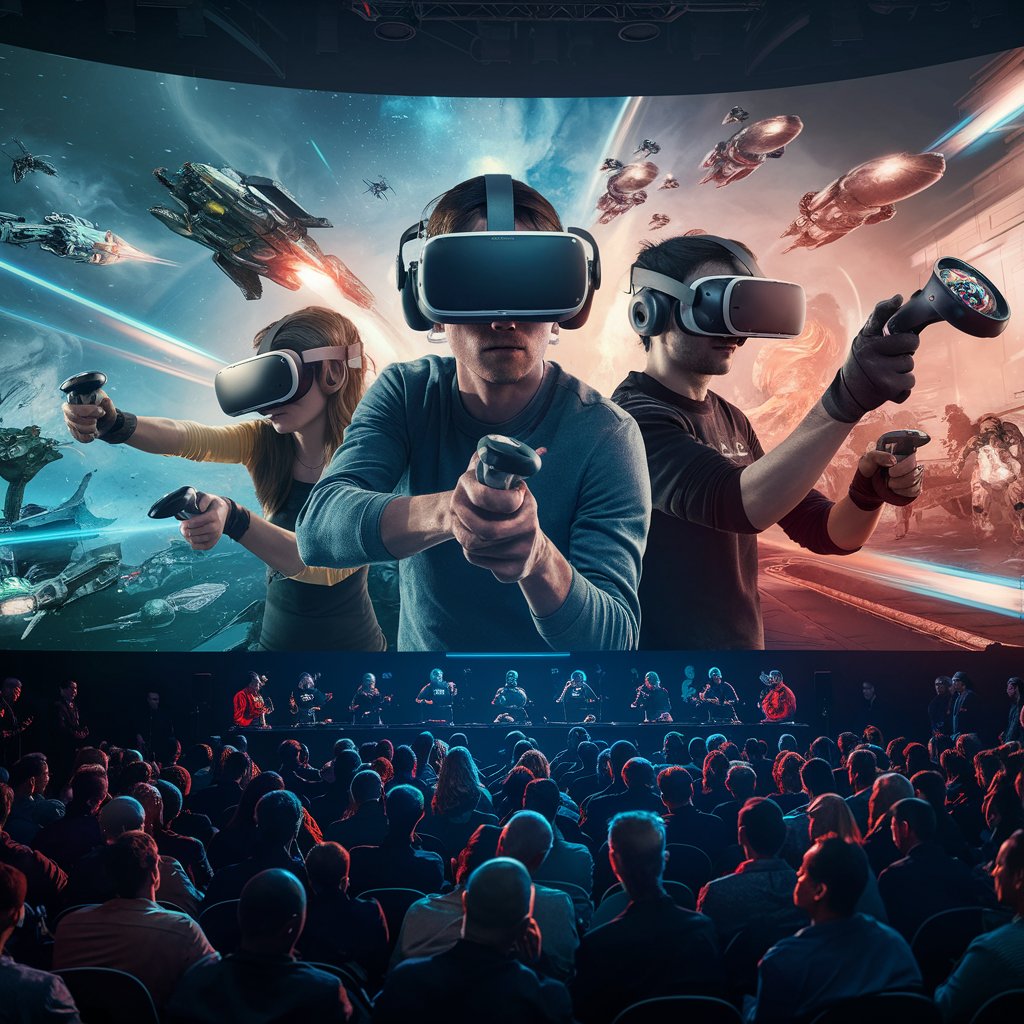In competitive gaming, latency—the delay between a player’s action and the game’s response—can significantly impact performance. With the advent of virtual reality (VR), this issue has become even more critical. VR introduces a new layer of complexity to latency, affecting how players interact with their virtual environments and influencing their overall gaming experience.
VR latency is defined as the time it takes for the VR system to process and respond to a player’s movements and actions. This includes the delay from tracking the player’s head and hand movements to rendering those actions in the virtual environment. High latency can lead to a disjointed and frustrating experience, where the actions performed in the real world do not align seamlessly with the virtual world. This mismatch can be particularly detrimental in competitive gaming, where precision and reaction time are crucial.
The impact of VR latency on competitive gaming performance is multifaceted. Firstly, latency can affect a player’s ability to respond to in-game events accurately. In fast-paced games, such as first-person shooters or real-time strategy games, even a slight delay can disrupt a player’s timing and coordination. This can lead to missed shots, delayed responses, and ultimately, a decrease in competitive edge. For professional gamers, where milliseconds can make the difference between victory and defeat, minimizing latency is essential.
Secondly, high VR latency can lead to motion sickness or discomfort. VR systems rely on real-time tracking to create a convincing sense of immersion. When latency is high, the discrepancy between a player’s movements and their virtual representation can cause nausea or dizziness. This not only affects gameplay but can also impact a player’s ability to compete at their best over extended periods. Ensuring that latency remains low is crucial for maintaining player comfort and performance.
The technical challenges of managing VR latency are significant. Achieving low latency requires a combination of high-performance hardware, optimized software, and efficient data processing. Advances in VR technology have focused on reducing latency by improving tracking systems, increasing processing power, and refining algorithms that handle real-time data. For example, newer VR headsets and controllers are designed to reduce latency through faster sensors and more precise tracking, allowing for a smoother and more responsive gaming experience.
In addition to hardware improvements, developers are also working on optimizing game engines and software to handle VR latency more effectively. This includes minimizing the time it takes to render and display images, as well as optimizing the data pipeline between the VR system and the game. By addressing these technical aspects, developers can help ensure that VR gaming remains competitive and enjoyable.
The impact of VR latency on competitive gaming performance underscores the importance of continued innovation and refinement in VR technology. As VR becomes more prevalent in competitive gaming, addressing latency issues will be crucial for maintaining a level playing field and ensuring a high-quality experience for players. Ongoing advancements in VR hardware and software are aimed at reducing latency and enhancing the overall gaming experience, making it possible for players to enjoy immersive and responsive gameplay.
Ultimately, the success of VR in competitive gaming depends on the industry’s ability to address latency challenges and deliver a seamless and immersive experience. As technology evolves, the focus on minimizing latency will play a critical role in shaping the future of competitive VR gaming and ensuring that players can compete at their highest level.

